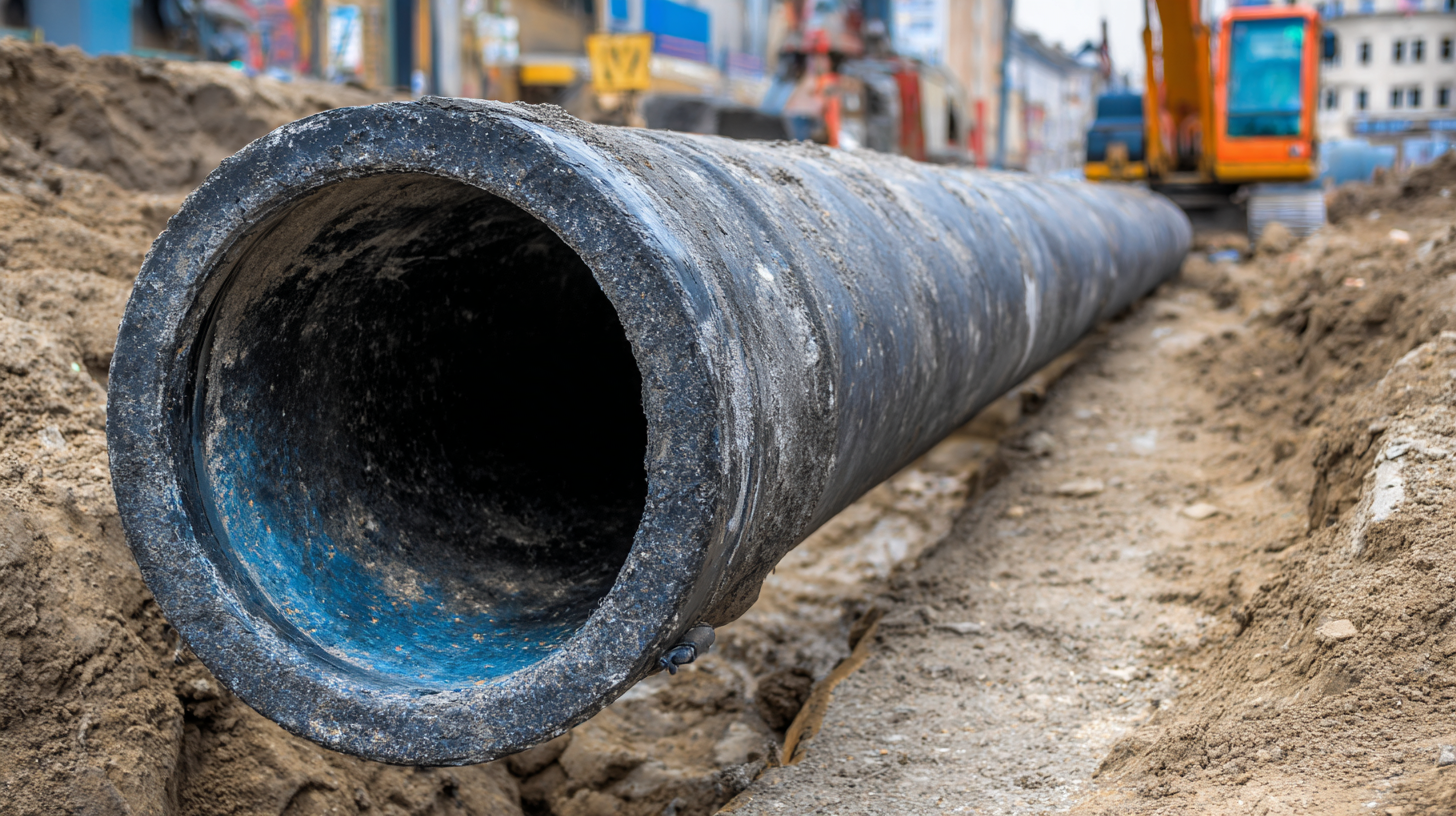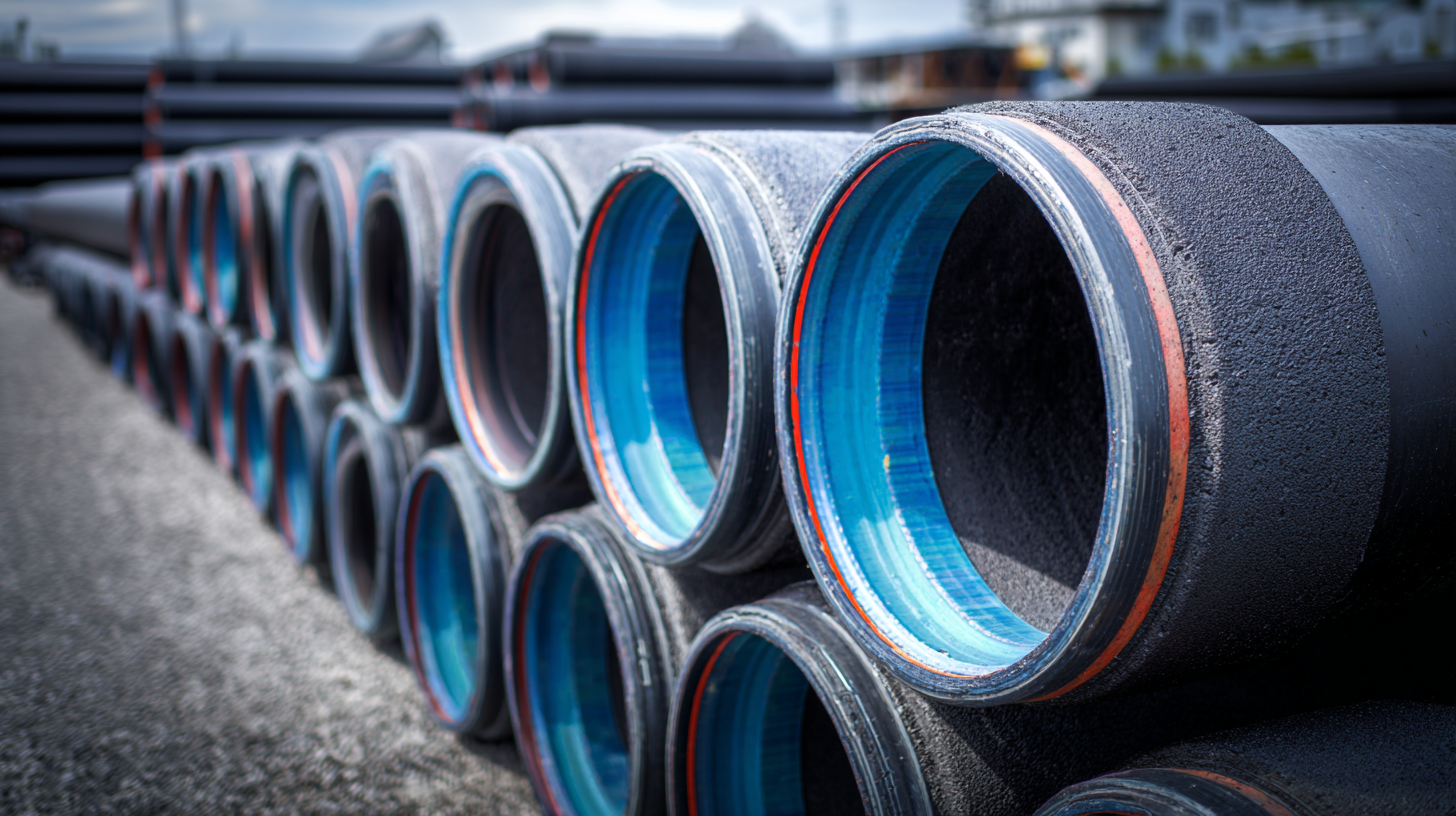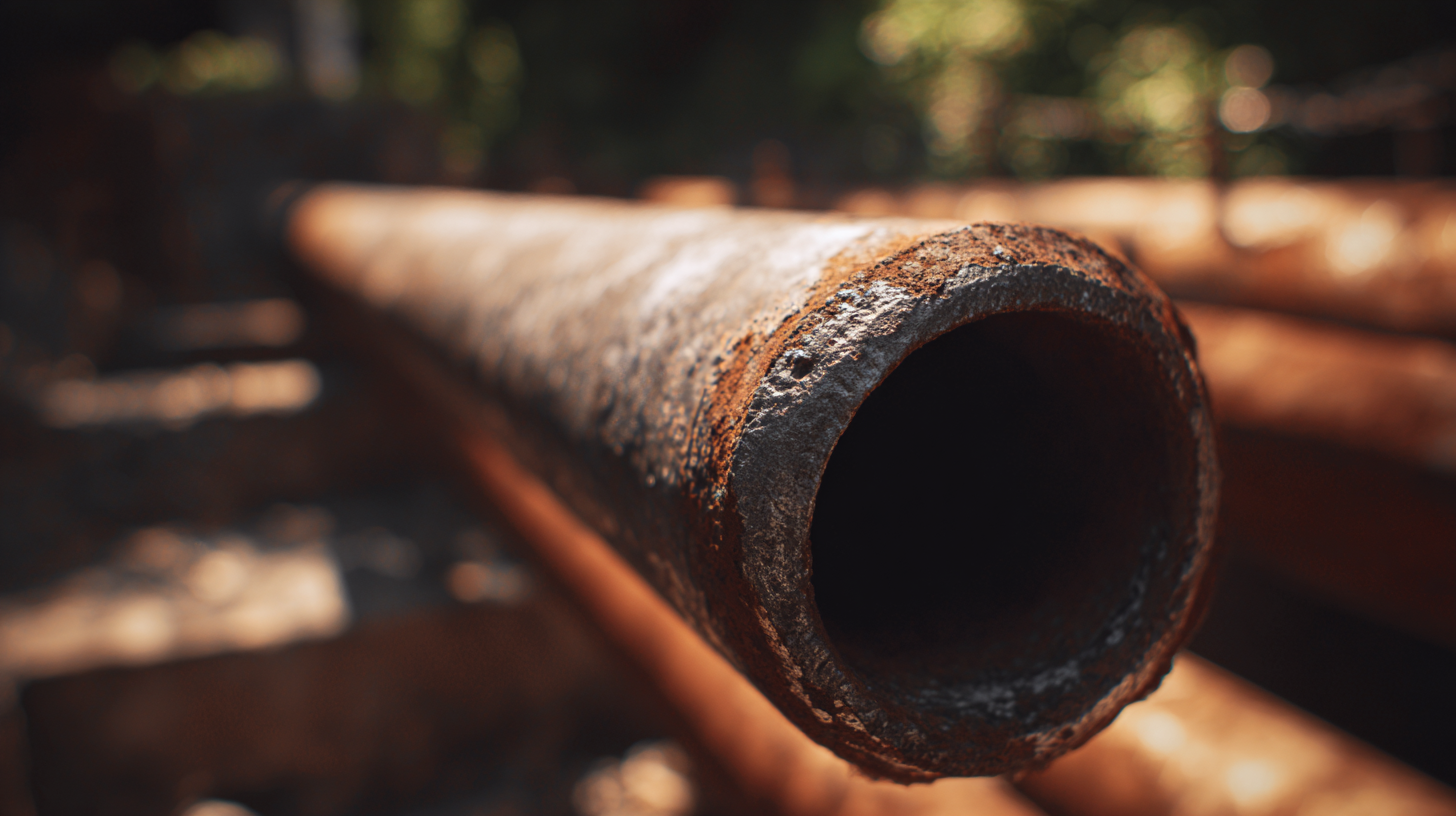How to Choose the Right Sewer Pipe Sleeve for Your Plumbing Needs
Choosing the right sewer pipe sleeve is crucial for ensuring the longevity and efficiency of your plumbing system. With a variety of options available on the market, it's essential to understand the specific needs of your project to make an informed decision. Whether you're dealing with a residential renovation or a commercial plumbing overhaul, the choice of sewer pipe sleeve can significantly impact the overall performance and durability of your pipes. In this blog, we will explore the different types of sewer pipe sleeves, their applications, and key factors to consider in the selection process. By assessing your unique plumbing requirements and understanding the best available options, you’ll be better equipped to navigate the choices and find the perfect sewer pipe sleeve that meets your needs.

Understanding Different Types of Sewer Pipe Sleeves and Their Applications
When selecting the right sewer pipe sleeve for your plumbing needs, it's essential to understand the various types available and their specific applications. The most common materials for sewer pipe sleeves include PVC, ABS, and cast iron, each offering unique benefits. PVC sleeves are lightweight, resistant to corrosion, and easy to install, making them suitable for residential plumbing systems. ABS sleeves, known for their strength and shock resistance, are ideal for underground applications where durability is crucial. Cast iron sleeves, although heavier and more expensive, are excellent for sound insulation and can bear heavy loads, perfect for commercial or industrial environments.
Additionally, the design of the sewer pipe sleeve plays a vital role in its effectiveness. For example, flexible sleeves can accommodate ground movement and shifting, making them suitable for areas with unstable soil. On the other hand, rigid sleeves provide a more solid structure that can withstand pressure and are often used in more stable environments. Understanding these differences will guide you in selecting the proper sleeve that meets your plumbing requirements while ensuring a long-lasting solution to your sewer system needs.
Key Factors to Consider When Selecting a Sewer Pipe Sleeve
When selecting a sewer pipe sleeve, several key factors should be taken into account to ensure optimal performance and longevity. First and foremost, the material of the sleeve is crucial. According to the American Society of Civil Engineers (ASCE), high-density polyethylene (HDPE) is often recommended due to its durability and resistance to corrosion, with a lifespan that can exceed 50 years. In contrast, PVC options are popular for their affordability and ease of installation, though they may not withstand high temperatures or chemical exposure as effectively as HDPE.

Another essential factor is the diameter of the sewer pipe sleeve. The National Association of Sewer Services Companies (NASSCO) suggests that selecting a sleeve with a diameter that matches the existing pipe is vital to prevent blockages and ensure smooth wastewater flow. Additionally, consider local soil conditions, as reactive soils can impact the sleeve’s performance over time. Properly assessing these elements not only enhances the reliability of your plumbing system but also reduces long-term maintenance costs, making it essential to choose wisely for your specific needs.
How to Measure Your Sewer Pipe for the Perfect Sleeve Fit
When it comes to selecting the right sewer pipe sleeve, accurate measurements are essential for ensuring a proper fit and optimal functionality. To achieve this, begin by measuring the diameter of your existing sewer pipe. According to a study by the American Society of Civil Engineers (ASCE), inappropriate pipe sizing contributes to 30% of plumbing issues, emphasizing the importance of precision in this initial step. Utilize a tape measure or caliper to get an exact measurement at multiple points along the pipe, as fluctuations in size can occur due to wear and tear or environmental conditions.
In addition to the diameter, you'll also need to note the length of the sleeve required. A report from the National Institute of Standards and Technology (NIST) suggests that most sewer line failures can be traced back to inadequate sealing and support, which can be mitigated by selecting a sleeve that extends appropriately over the damaged area. Aim for a sleeve that overlaps the compromised section by at least 6 inches on either side for enhanced structural integrity. By following these guidelines, you can select a sewer pipe sleeve that not only fits perfectly but also extends the lifespan of your plumbing system.
Average Sewer Pipe Sleeve Size Requirements
Comparing Material Options: PVC vs. Stainless Steel vs. Rubber Sleeves
When it comes to selecting the right sewer pipe sleeve for your plumbing system, understanding the material options is crucial. PVC, stainless steel, and rubber sleeves each have distinct characteristics that make them suitable for various applications. According to a 2021 market report from Transparency Market Research, PVC pipes account for approximately 30% of the global piping market due to their lightweight, low-cost, and resistance to corrosion. However, PVC sleeves may not hold up as well in high-temperature environments compared to their stainless steel counterparts.

Stainless steel sleeves, often preferred for their durability and strength, are an excellent choice for high-pressure applications. The American Water Works Association (AWWA) notes that stainless steel offers superior resistance to chemical damage and is ideal for environments where aggressive substances are present. This material's long lifespan can often justify its higher initial cost, particularly in industrial settings.
Rubber sleeves provide flexibility and excellent sealing capabilities, making them a go-to for applications requiring vibration absorption and thermal expansion considerations. A study by the Institute for Plastics Innovation found that rubber can significantly reduce noise levels, making it beneficial for residential plumbing systems. While they may not offer the same resistance to chemicals as stainless steel, rubber sleeves excel in mitigating the effects of movement in underground piping systems. Choosing the right material ultimately hinges on assessing the specific demands of your plumbing needs.
Installation Tips for Ensuring a Secure and Leak-Free Sewer Pipe Sleeve
When it comes to ensuring a secure and leak-free sewer pipe sleeve installation, following proper guidelines is essential. According to a report by the American Society of Civil Engineers, improper installation of sewer pipes can lead to failures in 25% of cases, which highlights the need for careful attention to detail. First, it is crucial to select the right materials that are compatible with your existing plumbing. Using sleeves made from durable materials like PVC or HDPE can significantly enhance your system's longevity and reliability.
During installation, ensuring a tight fit is paramount. Professionals recommend using pipe joint adhesives or rubber gaskets that meet ASTM standards to create a watertight seal. A study from the National Sanitation Foundation shows that leaks can exacerbate the risk of ground contamination and increase maintenance costs by up to 30%. Therefore, it's imperative to inspect the alignment of the sleeves, making sure there are no gaps or misalignments, which can jeopardize the integrity of the entire system. Following these installation tips not only prevents leaks but also contributes to a more efficient plumbing system overall.
Related Posts
-

7 Essential Tips for Effective Sewer Pipe Sleeve Repair Techniques
-

Innovative Approaches to Sewer Repair Without Digging A Comparative Analysis of Efficiency and Cost
-

7 Best Reasons to Choose CIPP Sewer Repair for Your Next Infrastructure Project
-

Creative Options for Sewer Repair Without Digging Methods You Should Consider
-

Unlocking the Advantages of Pipe Sleeve Solutions for Global Procurement
-

7 Essential Tips for Effective Home Sewer Line Repair You Can't Ignore

